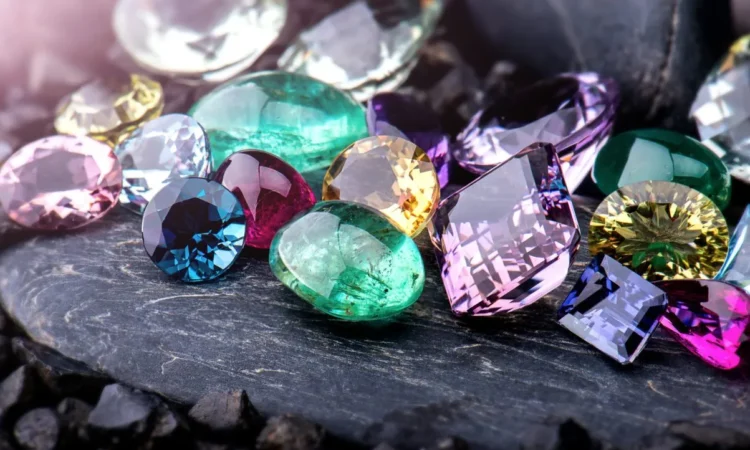
Gemstones have captivated people for thousands of years with their dazzling colors, brilliant luster, and intriguing histories. Beyond their beauty, loose sapphire gemstones possess unique properties that make them fascinating both for collectors and those involved in the jewelry or gem trade. Understanding these properties can help you appreciate the depth and value of gemstones. Here, we’ll explore the essential properties of gemstones, including their composition, hardness, color, clarity, and other key characteristics that influence their value.
Chemical Composition and Formation
Every gemstone is made up of a specific chemical composition. This is the combination of elements or compounds that form the crystal structure of the stone. For example, diamond is made of pure carbon, while ruby and sapphire are both forms of corundum (aluminum oxide) that get their color from trace amounts of other elements like chromium (for rubies) and iron and titanium (for sapphires).
Gemstones are formed under extreme conditions, such as intense heat and pressure deep within the Earth’s crust. This process takes millions of years, during which minerals crystallize to form the gemstones we see today. The chemical composition of a gemstone is a crucial factor in determining its physical properties and its rarity in nature.
Hardness (Mohs Scale)
One of the most important properties of a gemstone is its hardness, which measures its resistance to scratching and abrasion. The Mohs scale of hardness is a 10-point scale that ranks minerals from softest to hardest. On this scale, talc is the softest mineral (ranked 1), while diamond is the hardest (ranked 10).
Understanding a gemstone’s hardness is vital for its care and durability. Harder stones, like diamonds and sapphires, are more resistant to scratching, making them suitable for daily wear in jewelry. Softer stones, like opal and turquoise, may require extra care to avoid scratches or damage.
Color
The color of a gemstone is one of its most captivating features and plays a significant role in determining its value. Gemstones can appear in a vast array of colors, from the rich blue of sapphires to the deep green of emeralds, to the fiery red of rubies. The color of a gemstone depends on the way it absorbs and reflects light, which is influenced by its chemical composition and crystal structure.
Some gemstones, like alexandrite, are known for their color-changing abilities, shifting hues under different lighting conditions. The intensity, hue, and saturation of the color also contribute to a gemstone’s value. For instance, a vivid green emerald is typically more valuable than a pale green one.
Clarity
Clarity refers to the presence of internal or external imperfections, known as inclusions and blemishes, within a gemstone. A loose sapphire gemstones with few or no inclusions is considered to have high clarity and is usually more valuable. For example, diamonds are graded on clarity, with stones that have no visible inclusions being given a higher grade (Flawless or Internally Flawless).
Gemstones are more than just decorative objects; they are complex and fascinating natural creations with unique properties that make them desirable and valuable. From their chemical composition to their color, clarity, and hardness, each gemstone tells a story about the conditions under which it formed and the characteristics that define its beauty. Understanding these properties can deepen your appreciation for gemstones, whether you’re collecting them, investing in them, or simply admiring their natural wonder.




